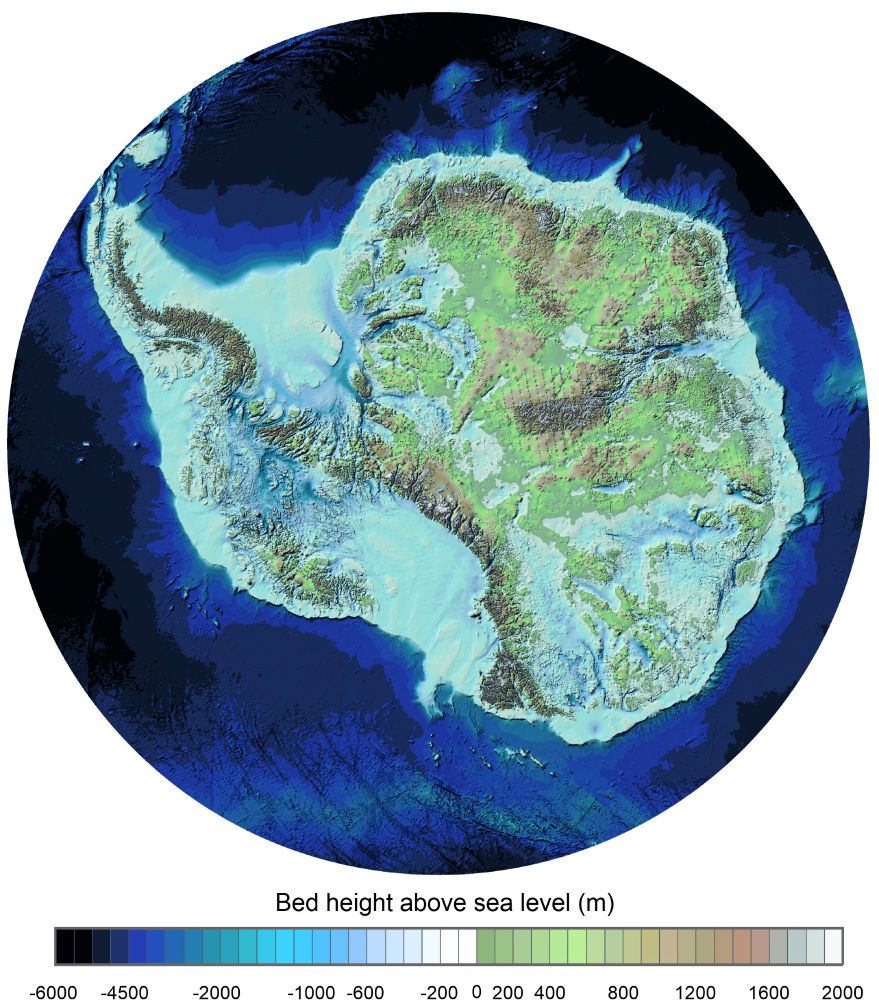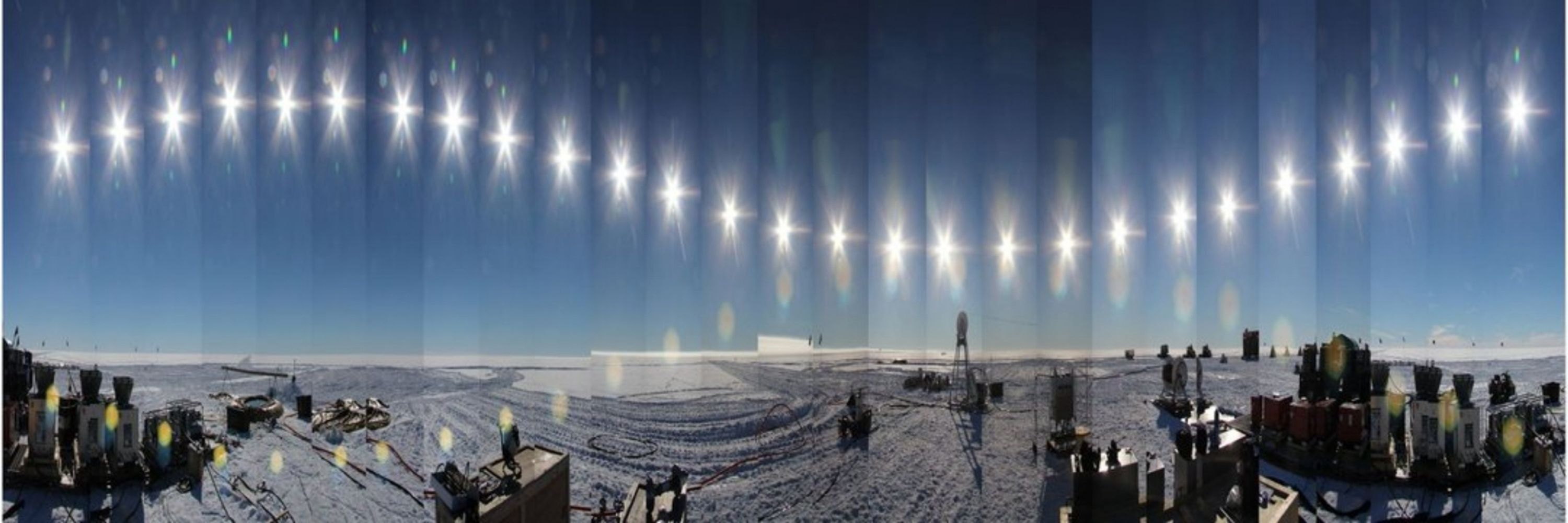
Ice Shelves | Ocean | Tides | Ice Streams | Subglacial Lakes | Hot Water Drilling | Ice Drilling | Running |
Before any instruments or samplers are deployed, we hot water drill an access hole through several hundred metres of ice shelf. Don't dilly-dally though, freezing closes the hole in a day or two.
@newscientist.com spoke to members of the RIFT-TIP project, who are investigating how ice shelf fractures grow.
Watch the video here: tinyurl.com/526tn8zz
@newscientist.com spoke to members of the RIFT-TIP project, who are investigating how ice shelf fractures grow.
Watch the video here: tinyurl.com/526tn8zz
These precious ancient ice core samples from Antarctica are expected to reveal a climate record stretching back more than 1.5 million years 🤯
That's further than we've ever looked back before.
🧵 1/4
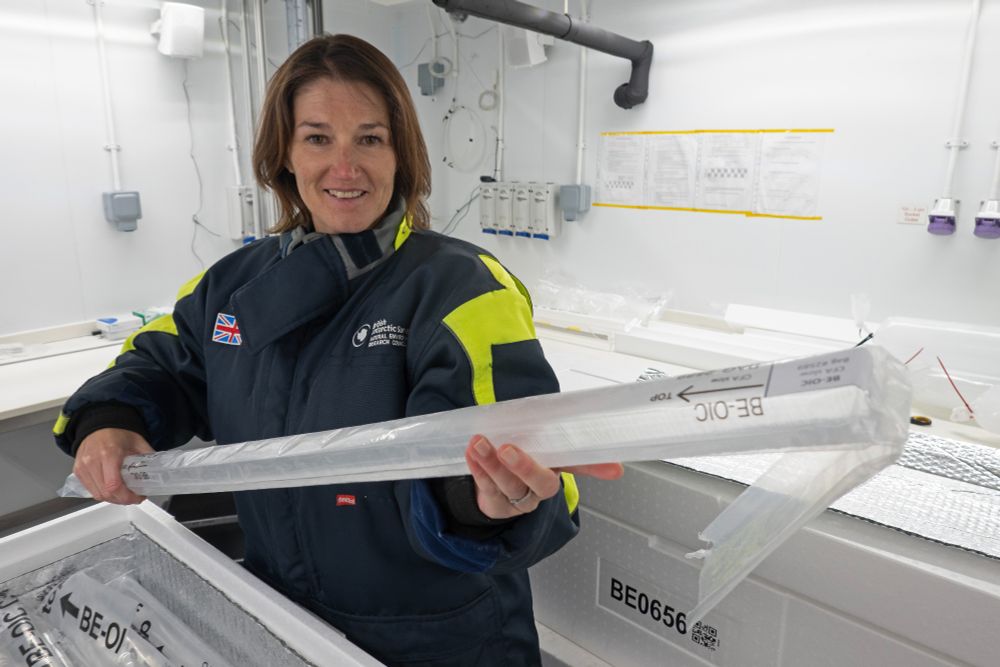
These precious ancient ice core samples from Antarctica are expected to reveal a climate record stretching back more than 1.5 million years 🤯
That's further than we've ever looked back before.
🧵 1/4
Read our report on the UK and the Antarctic environment: publications.parliament.uk/pa/cm5901/cm...
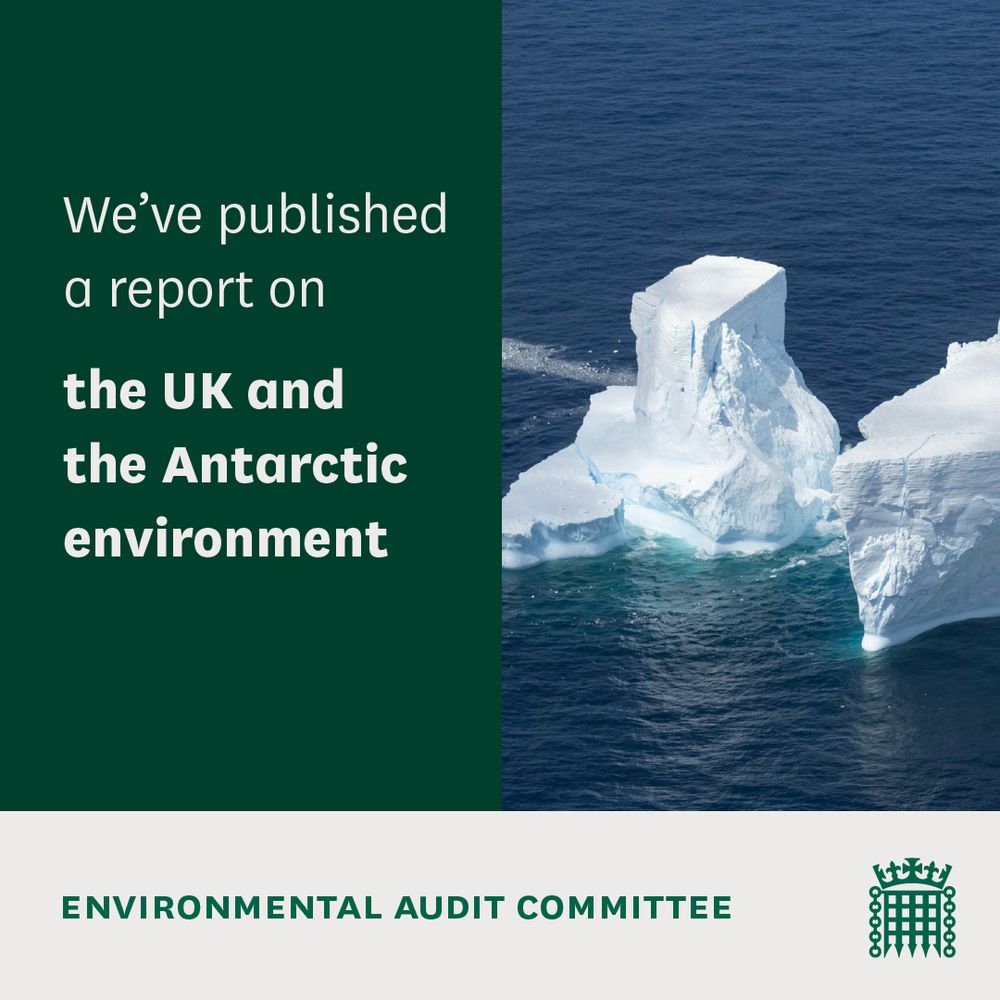
Read our report on the UK and the Antarctic environment: publications.parliament.uk/pa/cm5901/cm...
Image showing sea ice concentration derived from AMSR satellite data is by Institute of Environmental Physics, University of Bremen, Germany.
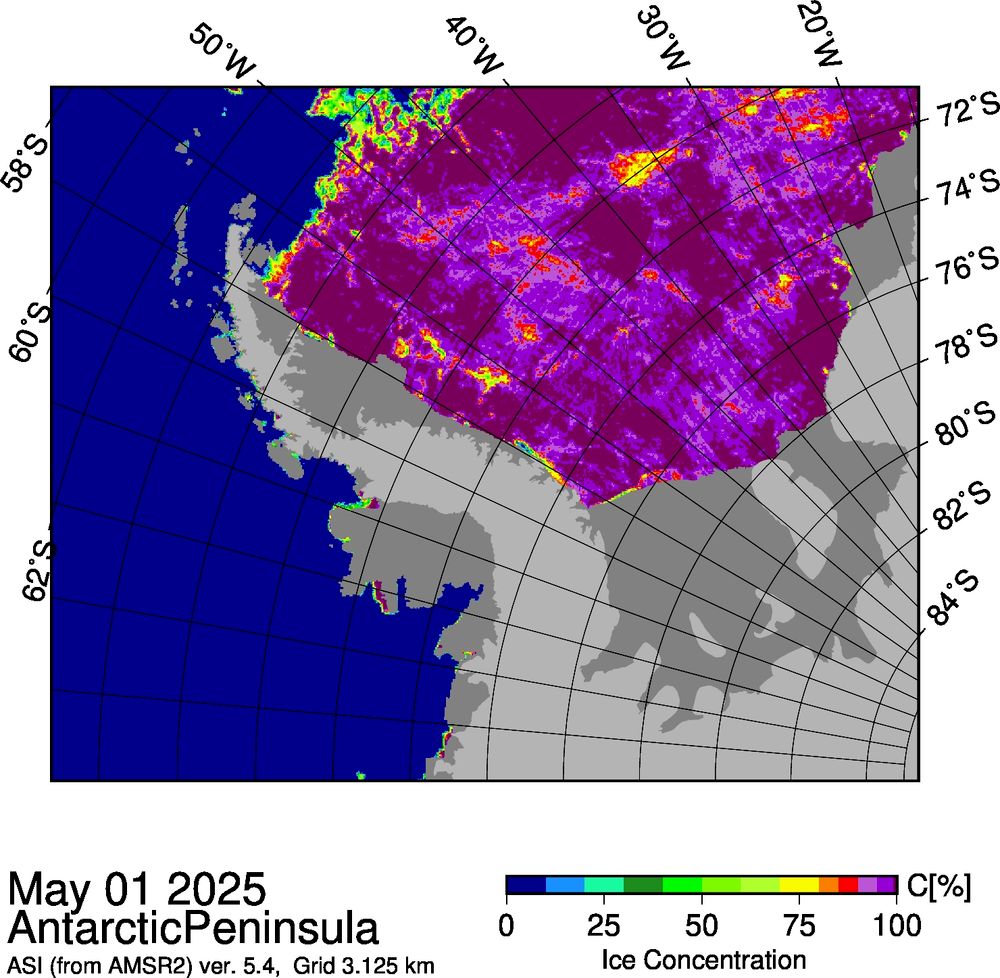
Image showing sea ice concentration derived from AMSR satellite data is by Institute of Environmental Physics, University of Bremen, Germany.
by Peter Fretwell and Lisa Fretwell
www.penguin.co.uk/books/464310...
@ptfretwell.bsky.social
@bas.ac.uk
#PenguinBooks #VikingBooksUK

by Peter Fretwell and Lisa Fretwell
www.penguin.co.uk/books/464310...
@ptfretwell.bsky.social
@bas.ac.uk
#PenguinBooks #VikingBooksUK
Applications for lots of our Antarctic #jobs are closing in the next week. They include vehicles manager at Halley, and Radio Operator and IT Engineer at Rothera Research Station.
These are jobs unlike any other, in one of the most beautiful places on Earth ⬇️

Applications for lots of our Antarctic #jobs are closing in the next week. They include vehicles manager at Halley, and Radio Operator and IT Engineer at Rothera Research Station.
These are jobs unlike any other, in one of the most beautiful places on Earth ⬇️

indianexpress.com/ar...

indianexpress.com/ar...
These ice cores were retrieved as part of the Beyond EPICA - Oldest Ice project, which aims to unlock crucial insights into Earth's past climate and atmospheric conditions
#ice #climate
Read the full story 👇
www.bas.ac.uk/media-post/a...




These ice cores were retrieved as part of the Beyond EPICA - Oldest Ice project, which aims to unlock crucial insights into Earth's past climate and atmospheric conditions
#ice #climate
Read the full story 👇
www.bas.ac.uk/media-post/a...
🧵 1/5


🧵 1/5
1/3


1/3
Get ready to hear from three Antarctic scientists - Dr Emma Pearce, Dr Liz Thomas, and Dr Dieter Tetzner - about their work drilling for ice cores in Antarctica
Grab a coffee, and settle down for a read 👇
www.bas.ac.uk/blogpost/the...

Get ready to hear from three Antarctic scientists - Dr Emma Pearce, Dr Liz Thomas, and Dr Dieter Tetzner - about their work drilling for ice cores in Antarctica
Grab a coffee, and settle down for a read 👇
www.bas.ac.uk/blogpost/the...
🌍 www.aria.org.uk/opportunity-...
Here’s the BAS news story about GRAIL - and three other projects involving BAS researchers:
❄️ tinyurl.com/kzhhha6w
3/3

🌍 www.aria.org.uk/opportunity-...
Here’s the BAS news story about GRAIL - and three other projects involving BAS researchers:
❄️ tinyurl.com/kzhhha6w
3/3
Antarctica in 2025: Drivers of deep uncertainty in projected ice loss
www.science.org/doi/10.1126/...
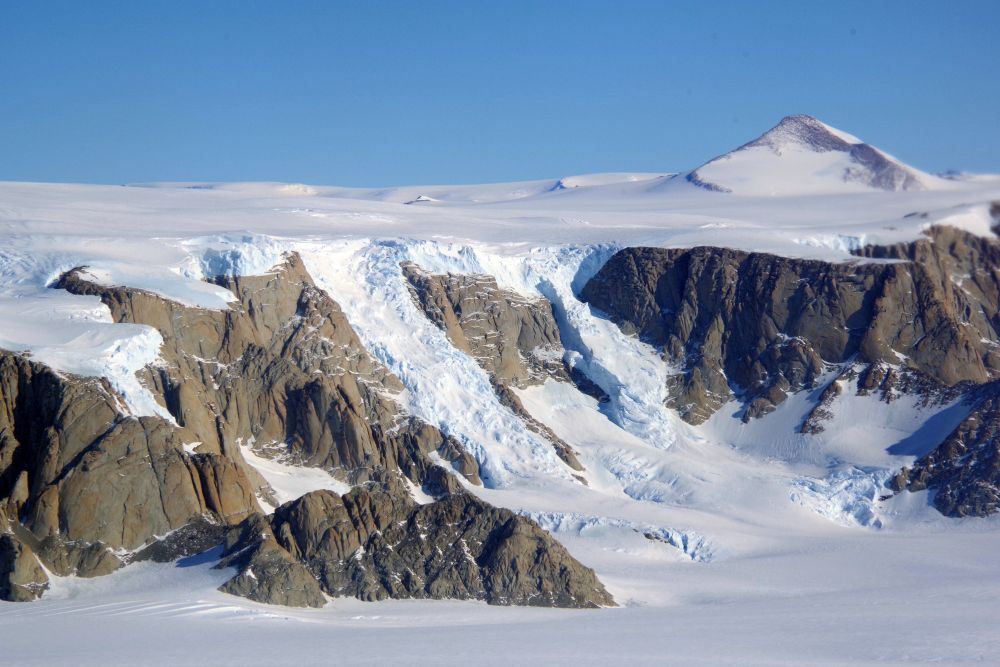
Antarctica in 2025: Drivers of deep uncertainty in projected ice loss
www.science.org/doi/10.1126/...
▶️ aapp.shorthandstories.com/fishing-for-...

▶️ aapp.shorthandstories.com/fishing-for-...
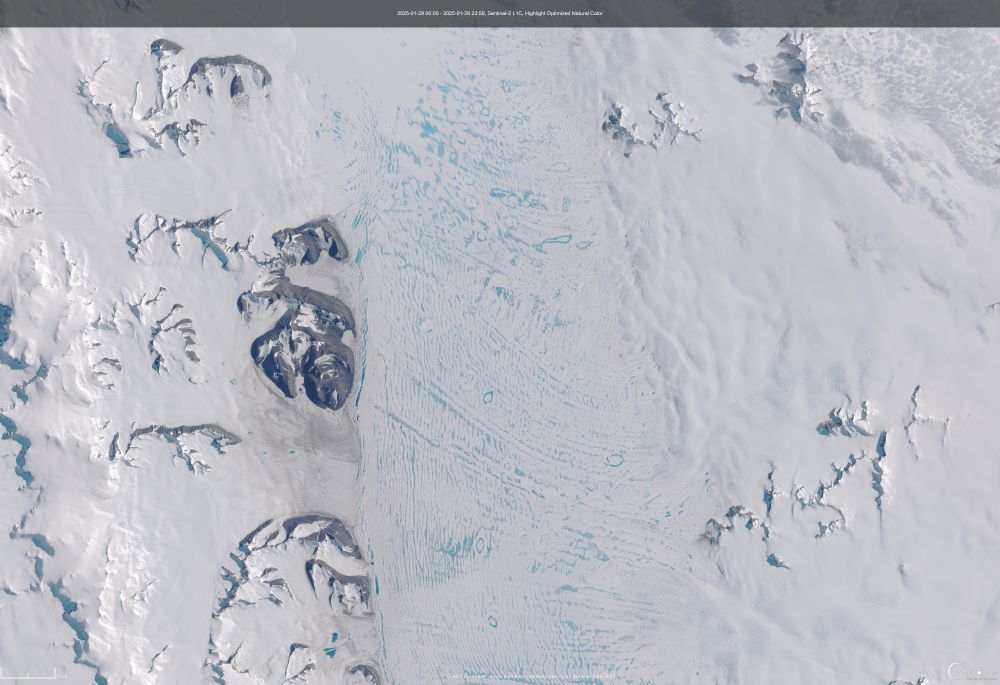
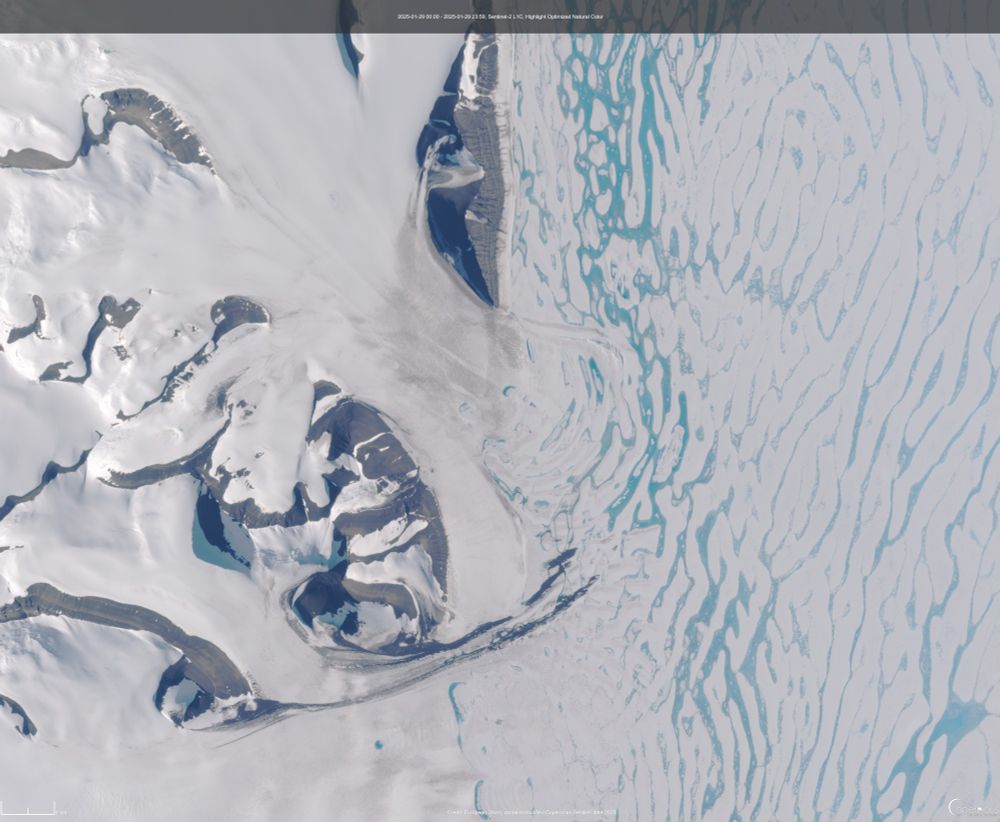
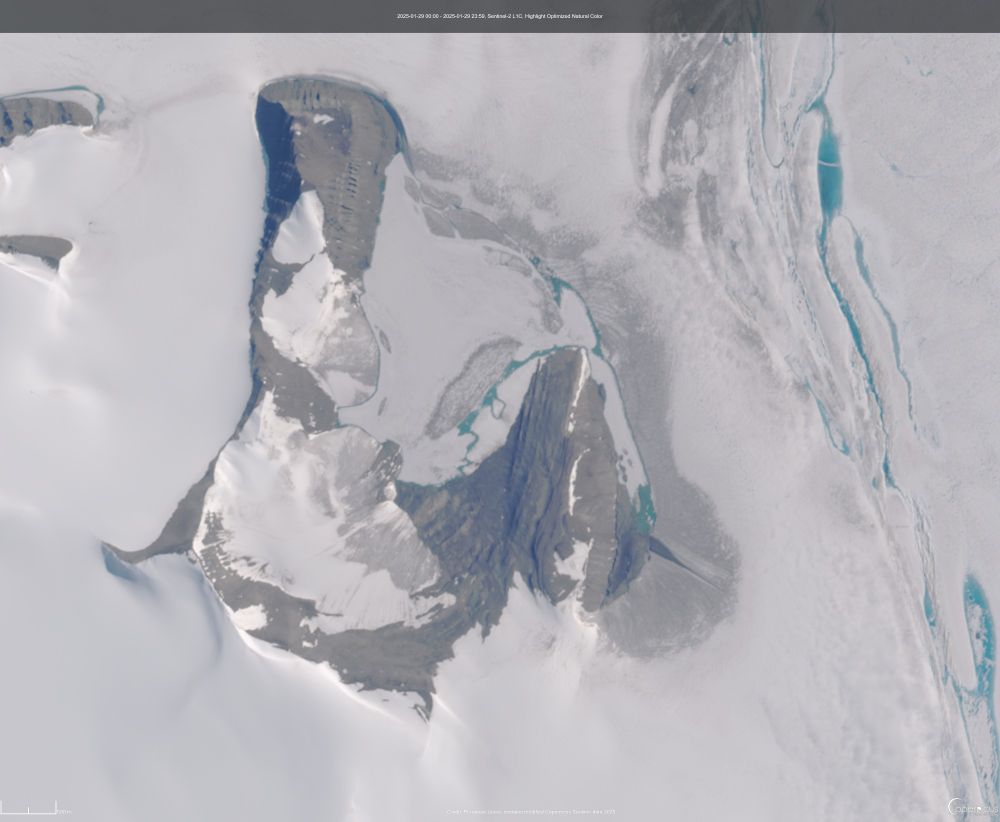
Ever wondered what to consider when drilling through an ice sheet into rock? We take you through how we chose a drill site in West #Antarctica using field observations, samples, radar survey, modelling & satellite imagery.
tc.copernicus.org/articles/19/... @bas.ac.uk
🧵1/n

Ever wondered what to consider when drilling through an ice sheet into rock? We take you through how we chose a drill site in West #Antarctica using field observations, samples, radar survey, modelling & satellite imagery.
tc.copernicus.org/articles/19/... @bas.ac.uk
🧵1/n
www.nature.com/articles/s41...
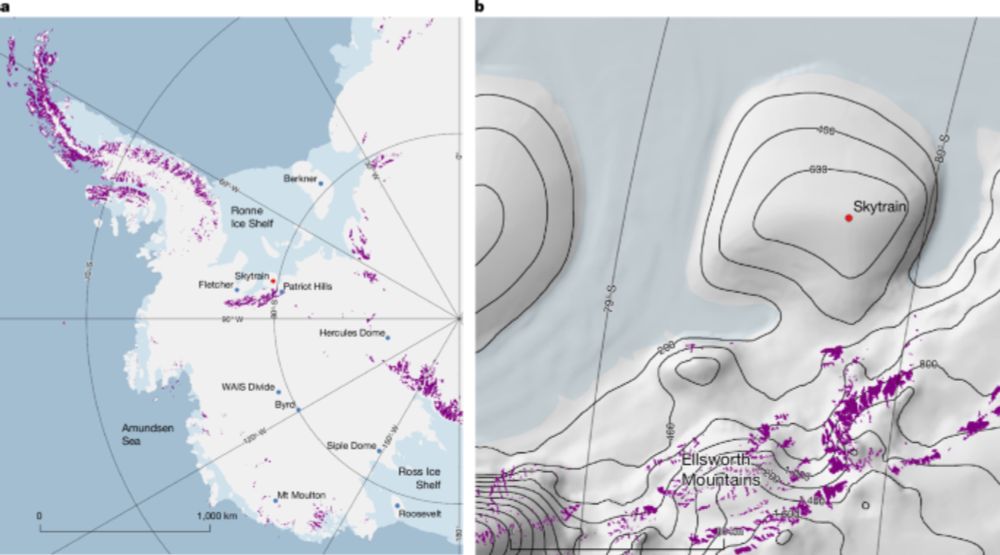
www.nature.com/articles/s41...
Great to see some of the leading-order priorities for its research elucidated by Earle, @carlosmoffat.com et al.! 🌊🧪🥼❄️
Great to see some of the leading-order priorities for its research elucidated by Earle, @carlosmoffat.com et al.! 🌊🧪🥼❄️
tinyurl.com/mtut9dc6


tinyurl.com/mtut9dc6


